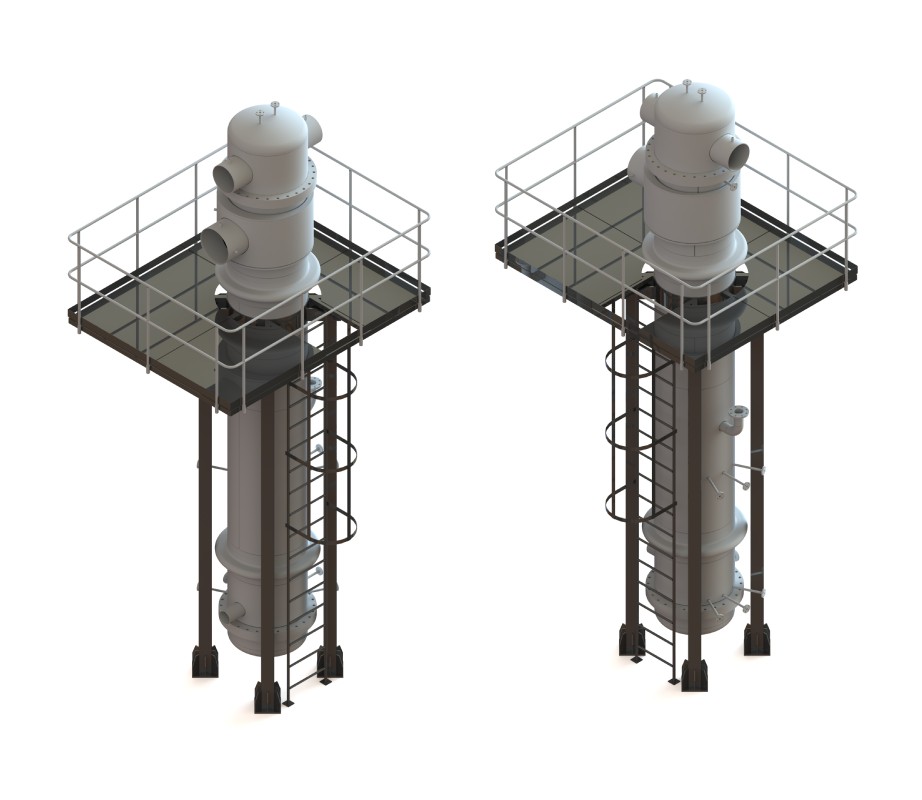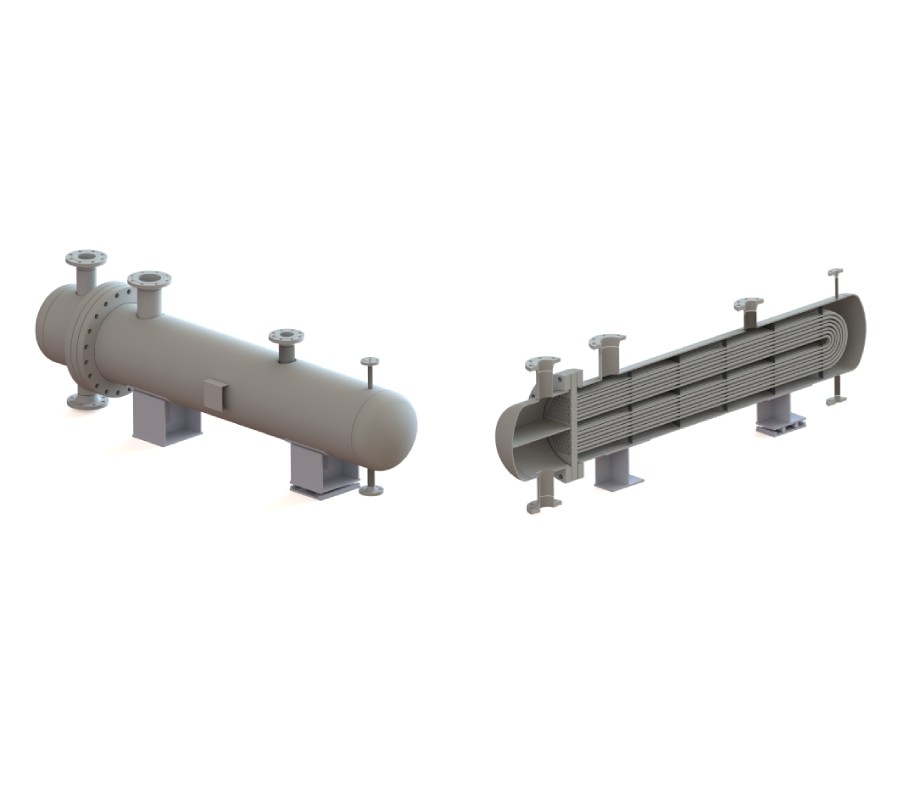Boiler Desuperheating Station
Description
A boiler desuperheating station is designed to reduce the temperature of superheated steam to a desired level, making it suitable for various industrial applications. Here’s a breakdown of its components, functions, and applications:
Key Components
- Desuperheater: The main device that cools the superheated steam. It typically uses water sprays or a heat exchanger.
- Control Valves: Regulate the flow of water and steam, ensuring optimal mixing and temperature control.
- Temperature Sensors: Monitor the steam temperature to ensure it meets specified requirements.
- Pressure Gauges: Provide real-time pressure readings of the steam before and after desuperheating.
- Flow Meters: Measure the flow rates of steam and cooling water.
Specifications
Functions
- Temperature Control: Reduces the steam temperature to a set point, preventing damage to downstream equipment.
- Steam Quality Improvement: Ensures steam is at the correct temperature for efficient energy transfer in processes.
- Safety: Helps prevent overtemperature conditions that could lead to equipment failure or safety hazards.
Applications
- Power Generation: In power plants, desuperheating steam is essential for turbines and other equipment.
- Chemical Processing: Used in various chemical manufacturing processes where specific steam temperatures are required.
- Food and Beverage Industry: Maintains safe steam temperatures for sterilization and cooking processes.
Maintenance
Regular maintenance is important to ensure efficient operation. This includes:
- Inspecting desuperheaters for wear and tear
- Calibrating temperature sensors and control valves
- Checking for blockages in piping or spray nozzles



